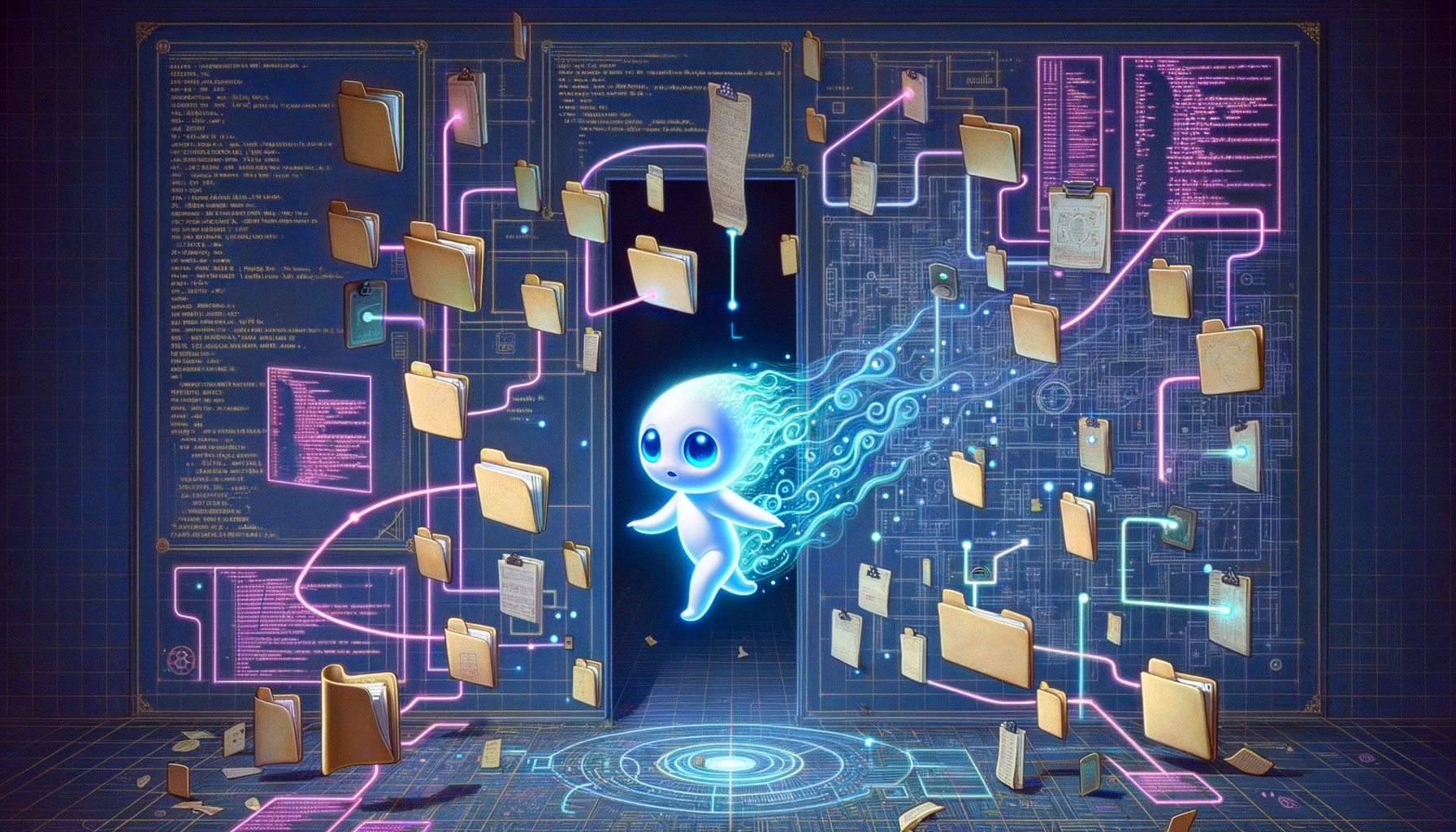Picture this: It’s 11 PM. You’re staring at your screen, watching Claude Code write the most elegant authentication middleware you’ve ever seen. Beautiful. Clean. Perfect. Just one tiny problem—it’s in your UI components folder, importing packages that don’t exist, and using a database schema from three sprints ago.
Welcome to the reality of AI coding assistants in 2024. We’ve created digital savants that can write Shakespeare-level code but can’t remember where the bathroom is.
The Billion-Dollar Intern Problem
“That AI assistant you’re paying for? It’s basically a brilliant intern with amnesia.”
Let’s be brutally honest here. That AI assistant you’re paying for? It’s basically a brilliant intern with amnesia. Sure, it can implement a red-black tree from memory, but ask it to put that tree in the right file? Good luck. You’ll spend the next 20 minutes explaining your project structure. Again. For the fifteenth time today.
graph TD
A[Your Request] --> B[AI Writes Code]
B --> C[Wrong Location]
C --> D[You Explain<br/>Structure]
D --> E[AI "Understands"]
E --> F[Next Request]
F --> G[AI Forgets<br/>Everything]
G --> B
style A fill:#8b5cf6,stroke:#fff,stroke-width:2px,color:#fff
style B fill:#3b82f6,stroke:#fff,stroke-width:2px,color:#fff
style C fill:#ef4444,stroke:#fff,stroke-width:2px,color:#fff
style D fill:#f59e0b,stroke:#fff,stroke-width:2px,color:#fff
style E fill:#10b981,stroke:#fff,stroke-width:2px,color:#fff
style F fill:#3b82f6,stroke:#fff,stroke-width:2px,color:#fff
style G fill:#dc2626,stroke:#fff,stroke-width:3px,color:#fffI’ve been coding since floppy disks were actually floppy, and I’ve never seen anything quite like this. We’ve got AIs that can pass technical interviews at FAANG companies but can’t figure out that utils/auth.js probably shouldn’t import from node_modules/firebase-admin in a frontend project.
The worst part? Every conversation feels like Groundhog Day. “No, Claude, we’re using PostgreSQL, not MongoDB. Yes, I told you this five minutes ago. No, we can’t just ‘npm install’ our way out of this architectural decision.”
War Stories from the Token Trenches
Last month, I spent six hours—SIX HOURS—debugging code that an AI assistant swore would work. The function was brilliant. The logic was flawless. The only problem? It was written for Python 2.7. In a Node.js project. In 2024.
But that’s not even my favorite disaster. That honor goes to the time an AI helpfully refactored my entire authentication system to use a cutting-edge library. Sounds great, right? Except the library had been deprecated three years ago, and the “cutting-edge” features were security vulnerabilities with their own CVE numbers.
My token bill that month looked like I’d been mining Bitcoin with GPT-4.
The Two Types of Developers
🎭 Which Developer Are You?
Right now, there are two types of developers in the world:
- The Fearful: Terrified that AI will take their jobs
- The Excited: Ready to finally ship something before they die
I’m firmly in camp two. Look, I’ve been building software long enough to know that human development speed is “snail stuck in molasses on a glacier.” By the time we’ve bikeshedded the variable names, argued about tabs vs spaces, and had seventeen meetings about meeting about meetings, the sun will have gone supernova.
AI should be our salvation. Instead, we’ve created the world’s most expensive junior developers.
Enter the Team Approach
Here’s where things get interesting. What if that brilliant-but-confused intern came with an entire senior team?
Imagine this: Instead of one AI trying to be everything, you get:
- An AI Business Analyst who actually understands what you’re trying to build
- An AI Architect who knows where code should live (revolutionary concept, I know)
- An AI Developer who writes code in the right language for your project
- An AI DevOps engineer who remembers your deployment setup
That’s the xSwarm approach—stop treating AI like a solo superhero and start treating it like what it really is: a team member who needs support.
From Intern to Street Samurai
When you give that AI intern a full team, magic happens. The BA captures requirements once—ONCE!—and shares them with everyone. The Architect makes sure code goes where it belongs. The Developer can focus on writing clean code instead of guessing at your file structure. The DevOps engineer ensures it’ll actually run in production.

Suddenly, that expensive intern transforms into a force multiplier. Instead of explaining your project structure fifteen times, you explain it once to the Architect. Instead of Token-bombing your way through context confusion, each specialist maintains their own focused context.
“Team coordination uses fewer tokens than repeatedly explaining everything to one confused generalist.”
The math is beautiful: Team coordination uses fewer tokens than repeatedly explaining everything to one confused generalist. Who would’ve thought that specialization—a concept we’ve used since the dawn of civilization—might work for AI too?
Actually Getting Things Done
For the first time in my career, I’m seeing AI that makes me genuinely productive. Not “productive” in the “I spent all day teaching Claude about my project” way, but actually shipping features productive.
Last week, I built and deployed a complete feature in two hours. Two. Hours. That included requirements gathering, architecture decisions, implementation, testing, and deployment. The old me would’ve spent two hours just arguing with myself about folder structure.
The Future is Teams, Not Tools
We’re standing at a crossroads. We can keep pretending that solo AI assistants will magically become senior developers, or we can embrace reality: Complex problems require teams.
Your AI coding assistant isn’t stupid. It’s just alone, confused, and desperately needs some senior developers to show it the ropes. Give it a team, and watch that expensive intern become the most valuable hire you’ve ever made.
Welcome to the age of AI teams. May your tokens be few and your commits be many.

